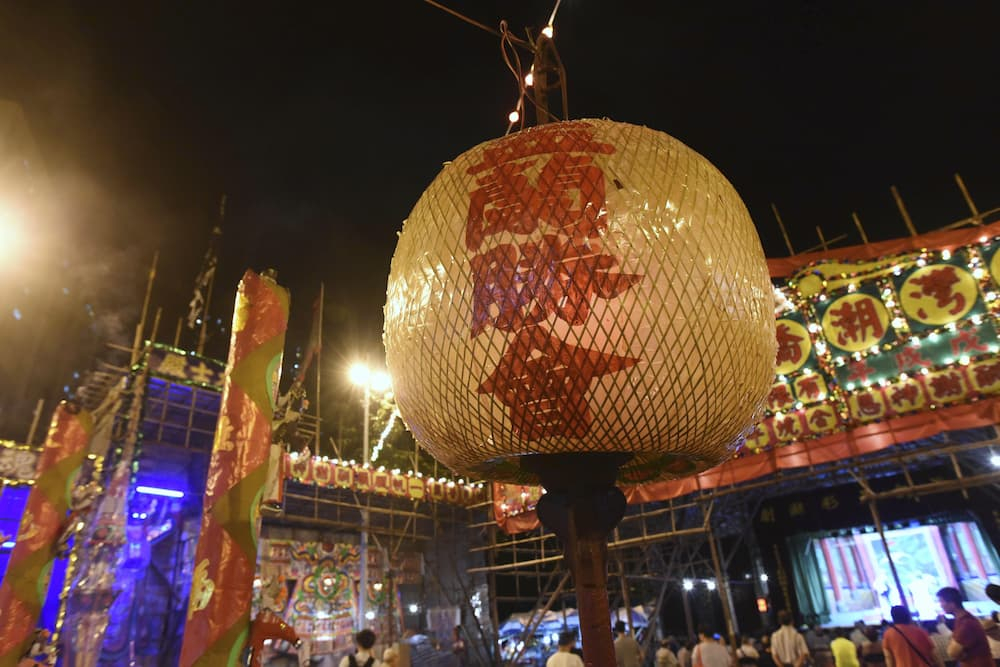
Development of Cantonese Opera in Hong Kong
Splendid
Chi Culture
Topic
Development of Cantonese Opera in Hong Kong
Cantonese opera is recognized as an intangible cultural heritage. This form of theatrical art is believed to have originated in the early years of the Qing Dynasty and gained popularity in the Pearl River Delta region, where Cantonese is the main dialect spoken. At that time, with land transportation underdeveloped, troupes relied on waterways for travel. This led to the early emergence of theatre boats. Cantonese opera artists were nicknamed "Disciples of the Red Boat" possibly because the hulls of theatre boats were coated in red lacquer or decorated with festive colours. At that time, the Qionghua Guild Hall was established in Foshan, with Qionghua stations set up at different docks to facilitate the mooring of the red boats. During the Guangxu period of the Qing Dynasty, the Bahe Guild Hall was founded as a professional organisation for Cantonese opera practitioners in the Guangdong region. Established in 1953, the Chinese Artists Association of Hong Kong (CAAHK) is a professional organisation for Cantonese opera performers, with the aim to preserve and promote traditional Cantonese opera art while also supporting the livelihood and professional growth of Cantonese opera performers.
In retrospect of the development of Cantonese opera in Hong Kong, the spotlight falls on the famous Cantonese opera artists Sit Kok-sin and Ma Sze-tsang, who emerged in the 1930s and 1940s, a period known as the "Sit-Ma Competition" era. With exceptional skills in Cantonese opera, they significantly influenced its reform and mentored upcoming talent, thereby making substantial contributions to the Cantonese opera community. At 26, Sit Kok-sin founded the popular "Kok Sin Sing Opera Troupe". Skilled in the clean-shaven scholar-warrior role, he also excelled in portraying female characters, earning him the title "the versatile master". Time To Go Home is his representative masterpiece. In 1923, Ma Sze-tsang formed the "Yan Shou Nin Opera Troupe" and gained widespread acclaim for his distinctive singing style. In the 1930s and 1940s, he founded the Taiping troupe, which stood shoulder to shoulder with Sit Kok-sin's Kok Sin Sing Opera Troupe, contributing to a glorious period in Cantonese opera history.
Sin Fung Ming Troupe, created by Yam Kim-fai and Pak Seut-sin in 1956, left an indelible mark on the Cantonese opera scene, establishing a legendary legacy. They enlisted the talented Cantonese opera playwright Tang Ti-sheng to script numerous classic plays such as Di Nü Hua (The Flower Princess), The Purple Hairpin, The Reincarnation of a Beauty, and The Peony Pavilion. These productions remain popular to this day and continue to captivate audiences with their enduring appeal. Yam Kim-fai and Pak Seut-sin were very demanding in their performances, paying meticulous attention to every aspect from the script to the production. This greatly enhanced the quality of Cantonese opera performances, propelling Cantonese opera towards a realm of elegance and artistry. They dedicated themselves wholeheartedly to cultivating the younger generation, nurturing talents such as Lung Kim-sung, Mui Suet-si, Kong Suet-liu, and Chu Kim-tan, in the realm of Cantonese opera. The ensemble they formed, known as the Chorfungming Opera Troupe, has risen to prominence in the world of Cantonese opera, captivating audiences with their outstanding performances.
The 1950s and 1960s marked the golden age of Cantonese opera in Hong Kong, with a host of iconic performers such as Ho Fei-Fan, Mak Bing-wing, Sun Ma Sze Tsang, Fung Wong-nui, Fong Yim-fun, Ng Kwun-lai, Hung Sin-nui, Tang Bik-wan, Law Yim-hing, and Lam Kar-sing, leading to a flourishing era in the Cantonese opera community. These artists left behind many iconic performances, making them a crucial and indispensable part of the Cantonese opera repertoire. At that time, the playwrights included Tang Ti-sheng, Lee Siu-wan, Fung Chi-Fen, Poon Yat-fan, and So-Yung. Tang Ti-sheng, widely acclaimed as a genius playwright, was one of the most esteemed figures. Tragically, he passed away on the night of 14 September 1959, due to a heart attack while attending the premiere of The Reincarnation of a Beauty written for Yam Kim-fai and Pak Seut-sin, at Lee Theatre in Hong Kong. His untimely death was a significant loss to the Cantonese opera community.
As times change, Cantonese opera in Hong Kong is also confronting the issue of its diminishing influence. To ensure the continuity and growth of Cantonese opera, it is essential to educate and nurture the younger generation, encouraging more individuals to appreciate and potentially even engage in Cantonese opera performances. In this regard, CAAHK has made significant efforts. With the support of the Cantonese Opera Development Fund, CAAHK launched the "Cantonese Opera Young Talent Showcase" in 2012, aimed at nurturing the performance skills of young talents in Cantonese opera and providing them with more opportunities to showcase their talent.







